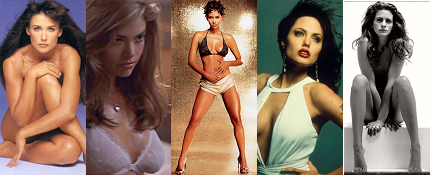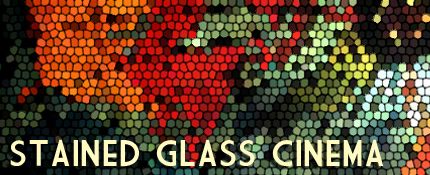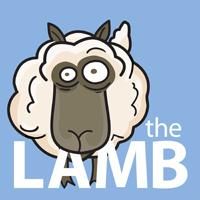 Though I unfortunately can't find a link to properly give credit, Gregg Easterbrook, a writer who files a weekly column for ESPN.com during the football season, once wrote of a paradox that affects video games (he was referring to the Madden series at the time, though it can be applied universally). To sum up, the article said that as technology gets better and the graphics, interface and speed get exponentially better for video games, the flaws become all the more apparent to the avid user. When Pitfall was being played on your Atari in 1984 (or whenever), you weren't complaining that the crocodiles looked "totally fake" or how Pitfall Harry was only comprised of 14 pixels. No, because compared to Pong or Pac-Man, it was revolutionary! It was brilliant!
Though I unfortunately can't find a link to properly give credit, Gregg Easterbrook, a writer who files a weekly column for ESPN.com during the football season, once wrote of a paradox that affects video games (he was referring to the Madden series at the time, though it can be applied universally). To sum up, the article said that as technology gets better and the graphics, interface and speed get exponentially better for video games, the flaws become all the more apparent to the avid user. When Pitfall was being played on your Atari in 1984 (or whenever), you weren't complaining that the crocodiles looked "totally fake" or how Pitfall Harry was only comprised of 14 pixels. No, because compared to Pong or Pac-Man, it was revolutionary! It was brilliant!As time went by, however, and the next new thing came along (say, Tecmo Bowl or The Legend of Zelda), the cracks in Pitfall Harry's face started to show. Skip ahead a few generations and the flaws of the past start to get ignored, while the flaws of the current media become all the more apparent. In the Madden NFL series, this may be that the artificial intelligence used by the computer just doesn't act the way a real player or team would, or that the digitally rendered Lambeau Field just doesn't look the same way in the game as it does in reality.
This is all a long way of saying that, as expectations grow, even the slightest deficiencies become all that much more apparent. This is also a long way of giving the computer animation in Ratatouille a giant compliment (with a twist). Though the "flaw" is a bit different, a similar type of situation arises. In Ratatouille, you don't notice the mistakes, you notice the lack of them. See, the film looks so real, so painstakingly perfect that, at times, you will be left wondering if the background you're seeing is animation or real? In the end, this is a disservice to the people that worked on the film - it seems it is possible to look too good. Which isn't to say that the whole thing looks photo-realistic - for the most part, the backgrounds and inanimate objects are captured as realistic as possible, while the characters themselves are much more, well, animated.
Since I have no other organized thoughts, here are some random leftovers:
* I didn't care for the use of a Jiminy Cricket-type character at all. Though somewhat necessary, as rats can't/don't verbally communicate with humans, it smacked of a weak plot device (a la speaking to the camera) used to get Remy's (the main character) thoughts verbalized.
* The seemingly random use of French accents was truly bizarre. The whole film takes place in France, with much of the action being in Paris, yet many characters have no accent whatsoever. Are the rats in France recent immigrants from America? And how does a character named Linguini have neither a French for Italian accent?
* The vocal talent assembled is diverse and effective; I was somewhat shocked to learn that Janeane Garafolo plays the female lead, a French (accented) chef who doesn't mess around. Additionally, Ian Holm, Brian Dennehy and Peter O'Toole all play prominent parts.
* To sum up, Ratatouille succeeds on many levels. The story is not groundbreaking by any means (fish out of water), but adds a few twists and turns along the way. Though the dialogue lends more to adults, there are a number of chase scenes and more than enough visual treats for kids and older kids alike.
Fletch's Film Rating:

"Darn tootin'!"


























0 people have chosen wisely: on "Fletch's Film Review: Ratatouille"
Post a Comment